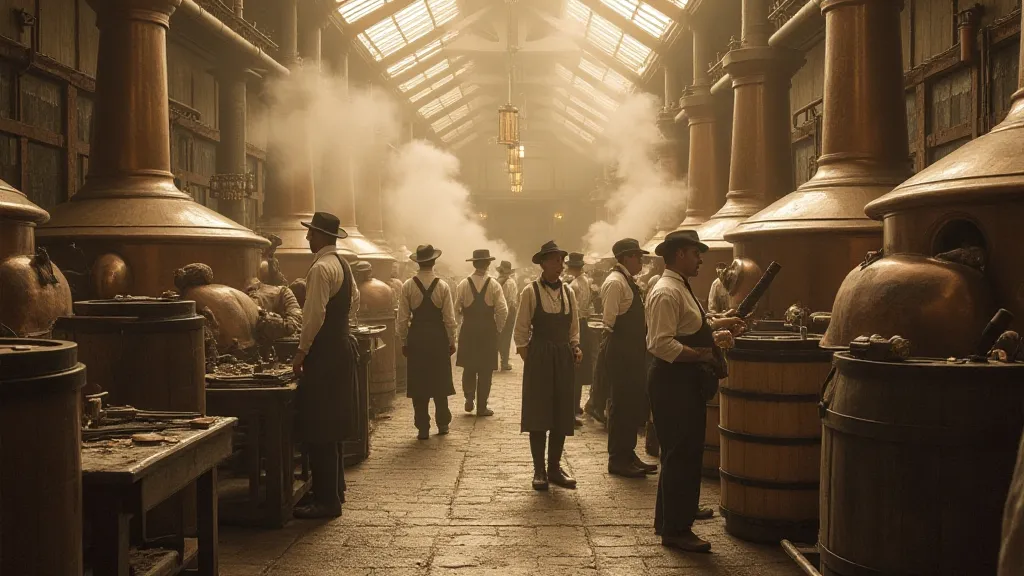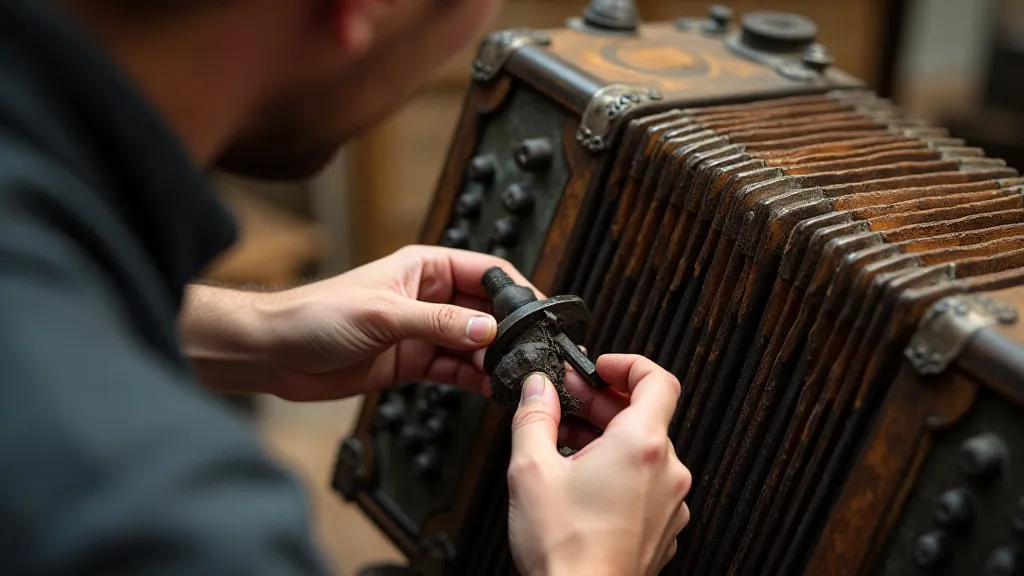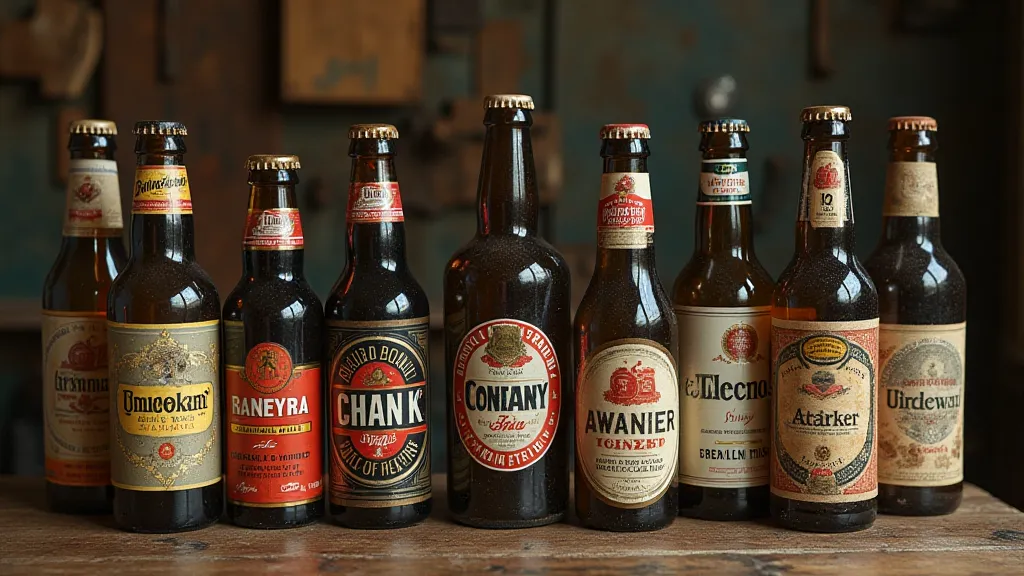The Amber Echoes: How Prohibition's Shadow Still Colors Regional Craft Beer
The aroma of malt and hops, a familiar comfort to many, carries with it a story far deeper than the brewing process itself. It’s a story etched in legislation, scarred by loss, and ultimately, resurrected by resilience. This is the story of how Prohibition, a nationwide experiment in social engineering, left an indelible mark – a subtle, persistent echo – on the character of local breweries and the very perception of beer in specific regions. To understand the craft beer we enjoy today, we must first acknowledge the long, complicated shadow cast by those fourteen years of enforced abstinence.
My grandfather, a man of few words and calloused hands, rarely spoke of his youth. But once, over a pint of surprisingly hoppy lager at a small, family-owned brewery in Vermont, he reminisced about his father, a brewer in upstate New York. He described the quiet despair that settled over the community when the breweries shuttered, the loss of livelihoods, the erosion of a deeply ingrained cultural tradition. He said it felt like losing a part of their identity, a sadness compounded by the hypocrisy of speakeasies thriving just down the street, serving substandard, often dangerous, concoctions.
Before the Ban: A Landscape of Lager and Local Pride
Prior to 1920, the American brewing landscape was remarkably diverse. While German lagers dominated the market, particularly in the Midwest and Northeast, breweries throughout the country – many proudly local – produced a wide range of beers, from robust ales to lighter, refreshing pilsners. These weren't massive, corporate entities; they were often family businesses, cornerstones of their communities, deeply rooted in local traditions and employing generations of skilled workers. Think of the breweries of Milwaukee, St. Louis, and New York – symbols of regional pride and economic vitality. The ingredients they used were largely sourced locally – barley from the prairie, hops from the Pacific Northwest, water from the region’s rivers and springs.

The Dry Years: Adaptation and the Rise of "Near Beer"
The passage of the Volstead Act in 1919 and the subsequent implementation of Prohibition brought this thriving industry to a grinding halt. Breweries were forced to cease operations, equipment was seized or sold off, and brewing traditions seemed destined for oblivion. However, human ingenuity, and perhaps a little bit of defiance, found a way. Many breweries pivoted to producing “near beer” – beverages with very low alcohol content – often marketed as soft drinks or health tonics. These weren’t the same as the rich, flavorful beers that had been brewed before, but they represented a tenuous lifeline for brewers and their employees. They experimented with different ingredients, attempting to replicate the taste and appearance of beer without violating the legal restrictions. This period fostered a kind of brewing innovation born out of necessity – albeit a circumscribed one.
Beyond the official attempts at "near beer," clandestine breweries – "speakeasies" - flourished, producing illicit alcohol. While often producing inferior beer, these operations inadvertently kept some brewing skills alive, albeit in the shadows. And, surprisingly, some legitimate breweries found loopholes, producing industrial alcohol used for other purposes, like medicinal applications.
The Post-Prohibition Era: A Landscape Forever Changed
When Prohibition was repealed in 1933, the brewing landscape was dramatically altered. Many of the pre-Prohibition breweries never recovered. The large, industrial breweries, often backed by significant capital, were better positioned to capitalize on the renewed demand. These companies focused on mass production, emphasizing efficiency and cost savings, often at the expense of flavor and complexity. The focus shifted from regional specialties to standardized, nationally marketed lagers.
The impact wasn't solely economic. It was cultural. The association of beer with social gatherings, with community, with tradition, was tarnished by the years of illegality and the subsequent rise of homogenized, mass-produced beer. The subtle nuances of regional brewing traditions – the unique flavor profiles derived from local ingredients and time-honored techniques – began to fade.
The Resurgence of Regional Craft Beer: Echoes of the Past
The craft beer revolution of the late 20th and early 21st centuries represents a direct response to this homogenization. Brewers began to rediscover and revitalize the forgotten regional brewing traditions. They sought out heirloom barley varieties, experimented with local hops, and embraced the art of fermentation. They weren’t just brewing beer; they were crafting a connection to the past, honoring the legacy of their predecessors. Think of the hoppy IPAs of the Pacific Northwest, the malty stouts of the Midwest, the crisp lagers of the Northeast – each a testament to the enduring spirit of regional brewing.

There's a parallel to be drawn here with the restoration of antique instruments, like accordions. These complex machines, once vibrant voices in community celebrations, often fall silent, their mechanisms rusty and their bellows cracked. But skilled restorers, with a deep appreciation for their history and craftsmanship, painstakingly bring them back to life, preserving their unique sound and character. Similarly, craft brewers are restoring the flavor and heritage of regional beers, honoring the traditions that were nearly lost during Prohibition.
The Subtle Influence: Ingredients and Perception
The impact of Prohibition is still felt today in subtle ways. The focus on efficiency and cost-cutting led to a preference for lighter-colored malts, which are cheaper to produce and require less roasting. This, in turn, influenced the color and flavor profiles of many beers. The association of beer with a "quick fix" – a simple, readily available drink – lingered in the collective consciousness, shaping consumer expectations.
However, the resilience of local breweries and the burgeoning craft beer movement are rewriting this narrative. Consumers are increasingly seeking out beers with character, with provenance, with a story to tell. They’re willing to pay a premium for quality and authenticity.

A Toast to the Past, a Sip of the Future
The story of local breweries is a testament to the enduring power of tradition, the ingenuity of the human spirit, and the importance of preserving cultural heritage. The shadow of Prohibition may still linger, but it's being eclipsed by the bright light of craft beer, a vibrant and flavorful reflection of the regions it represents. The next time you savor a pint of locally brewed beer, take a moment to appreciate the long and complicated journey that brought it to your glass—a journey etched with loss, resilience, and a deep commitment to craftsmanship.
![The Malt’s Echo: Tracing the Origins of Brewing Ingredients in [Specific Region]](/thumbs/malts-echo-brewing-ingredients.webp)




